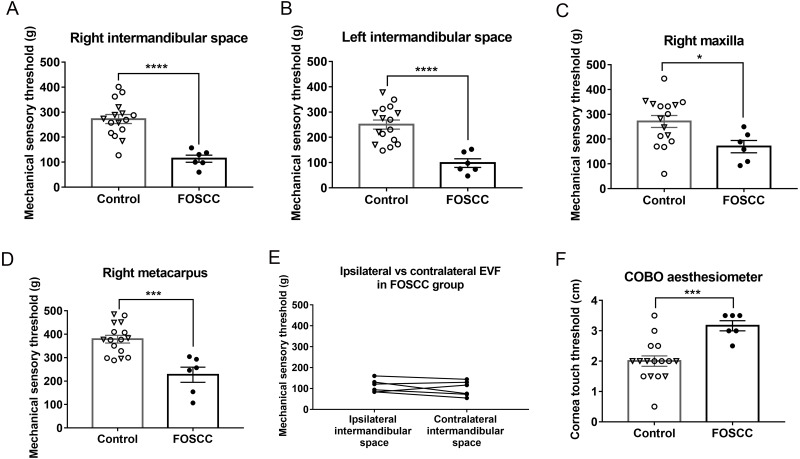Figure 4. Mechanical quantitative sensory tests (QST).
Cats with sublingual SCC were more sensitive to pressure (EVF test) at the (A) right and (B) left intermandibular test sites, (C) maxillary region, and (D) right metacarpus. (E) There was no significant difference between the QST values on the ipsilateral (tumor) side versus the opposite (contralateral) side of the mandibular region in cats with sublingual SCC; paired t-test. (F) Cats with oral cancer were more sensitive to mechanical stimuli on central corneal touch (CCT) measured with the COBO aesthesiometer. Each dot represents the measurement of individual cats. Values from healthy cats are denoted by open dots; triangular shaped dots denote aged healthy control; closed/solid dots represent cats with sublingual SCC. ∗P < 0.05, ∗∗∗P < 0.001, * ∗∗∗P < 0.0001, unpaired t- test. All error bars depict SEM.

